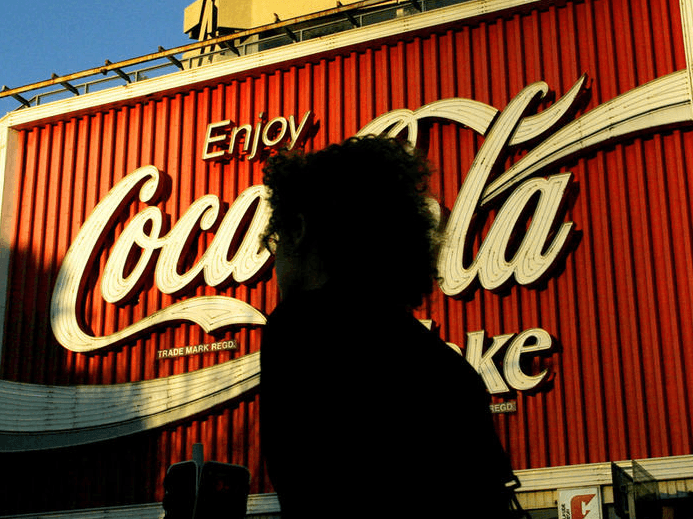First published in SBS Life, November 2016.
I’ve always secretly loved Kings Cross. In the days before the yoga studios and paddock-to-plate restaurants replaced the dive bars and strip clubs that once lined Sydney’s glittering former red-light district, walking down Bayswater Road under the neon glare of the Coke sign never failed to remind me that great cities aren’t really ever just strips of land or bricks and mortar. They’re the living, breathing sum of the people that make their lives there in all their human glory — whether that’s for better or for worse.
The Cross is especially vulnerable to being reduced to its worst elements. Sure, according to a 2015 report by the Bureau of Crime Statistics and Research, alcohol-related violence in the area has dropped 31 percent since the much-hated lockout laws were introduced at the start of 2014 (although, as Matt Barrie pointed out in a widely-shared February 2016 Guardian article, Sydney is historically safer than Bordeaux, France or Lausanne, Switzerland).
But there’s something sinister about the way the piece of Sydney that was the first port of call for Italian and Maltese immigrants, home to artists and writers including Patrick White, Martin Sharp and Roberta Sykes, the author and poet who spent her life campaigning for indigenous land rights and institutions like the Wayside Chapel, a refuge for the city’s homeless and marginalised since the early sixties, has been cast as a renovation project, devoid of any redeeming qualities.
Sex and drugs might exist in the Cross, a fact that, let’s face it, is hardly an anomaly in any of the world’s culturally significant centres. So does art, community, hope, kindness and countless other things.
Last month, a group of Kings Cross land owners joined forces to sell the Golden Mile, the precinct’s strip of nightclubs to property developers for at least $200 million, in the hopes of erecting a pair of luxury high-rise towers, modelled on the Petronas Towers in Kuala Lumpur. The proposal, if it goes ahead, will threaten both the Kings Cross Neighbourhood Centre and the medically-supervised injecting room, a long-time safe space for addicts.
And earlier this year, a February 2016 article in The Sydney Morning Herald announced that the “clean-up” of the Golden Mile has seen property values in Kings Cross and nearby Potts Point surge 25 percent — a shift has seen cashed-up professionals flood into the area and boutique gyms, wholefoods cafes and other bourgeois lifestyle trappings follow in its wake. “I just think that the area is changing […] “There’s going to be less riff raff,” Dean Norburn, principal of Belle Property Potts Point said in the report.
But given that 2016 ABS statistics found that Sydney is Australia’s most unequal city, with 1 percent of the population constituting 11.4 percent of its wealth, is it really the ‘riff raff’ that should concern us? Shouldn’t we worry about how to create affordable housing so that places known for nurturing those on society’s fringes don’t morph into enclaves for the privileged? I don’t care how good the tumeric lattes are!
The stories of cities are always stories of gentrification and Kings Cross is a case in point. The trouble is, though, that we’re tricked into believing that gentrification and its bywords — renewal, regeneration, transformation — are a straightforward swap of one seamy, undesirable reality for one that’s cleaner, shinier and benefits us all.
But as Jason Reynolds points out in a January 2014 Gawker article, the root word of gentrification is gentry, which, as the Merriam-Webster puts it, refers to “the qualities appropriate to a person of gentle birth.” If you think that cities belong to those who live their life there rather than those powerful enough to believe in their right to civilise everything around them, without thinking about the consequences, this should make you as uncomfortable as it makes me.
